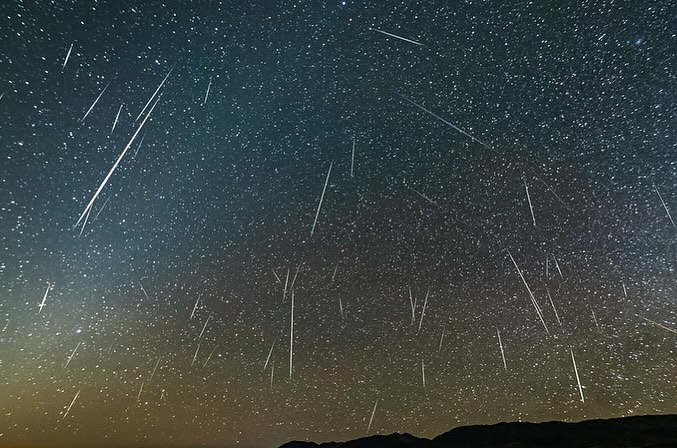Watch the first meteor shower of 2024 in Budapest!
Greet the New Year with a spectacular meteor shower in Budapest on the 4th of January.
Every year, the Quadrantids meteor shower visits us in early January, marking the first meteor shower of the season. And the good news is, it’s visible even from Budapest! Yet, curiously, the Quadrantids remain somewhat underappreciated. How could that be?
One of the greatest meteor showers of 2024
Contrary to popular belief, the August Perseids aren’t the greatest meteor shower of the year. The Quadrantids compete for that title, captivating sky gazers with an impressive average of 130 shooting stars per hour – a fierce feat against the August Perseids (average maximum 84) and the December Geminids (average maximum 88 meteor showers per hour). Despite this celestial prowess, the Quadrantids seem to fly under the radar. It’s a shame, considering that the Quadrantids are not only spectacular but come with their own fascinating quirks.
Peculiar name
The Quadrantids stand out for more than just their celestial display. Let’s start with their name, which might raise a few eyebrows. Meteor showers derive their names from the constellation that serves as the focal point for the shooting stars’ trajectories. In the Quadrantids’ case, this is Boötes, also known as the Herdsman. The name’s origin traces back to the 18th century when a French astronomer christened the sky region Quadrant Murialis, translating to the Quadrant’s Wall. Though this constellation didn’t make it into the modern list, the Quadrantids have managed to preserve its short-lived name.
Puzzling existence
The Quadrantids’ peculiarity extends to their very existence. It might sound puzzling, at first, but it’s true. Asteroids are usually known as dust clouds that disintegrate upon entering Earth’s atmosphere. These dust clouds are usually accompanying a parent object, which in the Quadrantids case is a small asteroid, with a diameter of only 3 kilometres. Interestingly, here comes the second peculiarity of the Quadrantids: small asteroids almost never produce debris clouds, the foundation of meteor showers. Astronomers suggest that the parent object of the Quadrantids is actually the core of a comet observed five hundred years ago by Far Eastern astronomers. This ancient comet may have left behind the dust cloud that intersects Earth’s orbit around the Sun every year in the early days of January.
Viewing tips
Lastly, but most importantly the Quadrantids are best viewed in the pre-dawn hours of Thursday on the fourth of January. Unfortunately, the moon’s proximity might dim their brilliance slightly. Fear not, though, as the meteor shower promises a plethora of bright shooting stars, as reported by rtl.hu. For optimal viewing, escape the city or street lights – in Budapest, locations like Normafa or Hármashatár-hegy fit the bill. Face northeast with your feet on the ground, and once your eyes adjust to the darkness, the Quadrantids will reveal themselves. The spectacle unfolds until dawn, providing ample opportunity to savour the celestial display.
In essence, the ultimate experience of the Quadrantids involves a pre-dawn rendezvous on the 4th of January, far from the city lights, armed with a cosy blanket and enough patience, gazing towards the eastern sky!
Read about Hungarian lucky foods to eat on New Year’s Day HERE.
Explore more about the Hungarian night sky HERE.
please make a donation here
Hot news
Masses on Péter Magyar’s rally in the “capital of Fidesz” today – PHOTOS
What happened today in Hungary? – 5 May, 2024
PHOTOS: March of the Living in Budapest
5+1 fun facts about Hungary – Some may come as a surprise
Hungarian ‘shadow PM’: Strong Europe needed
Széchenyi István University showcases its developments to foreign diplomatic leaders in Hungary




